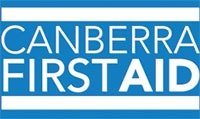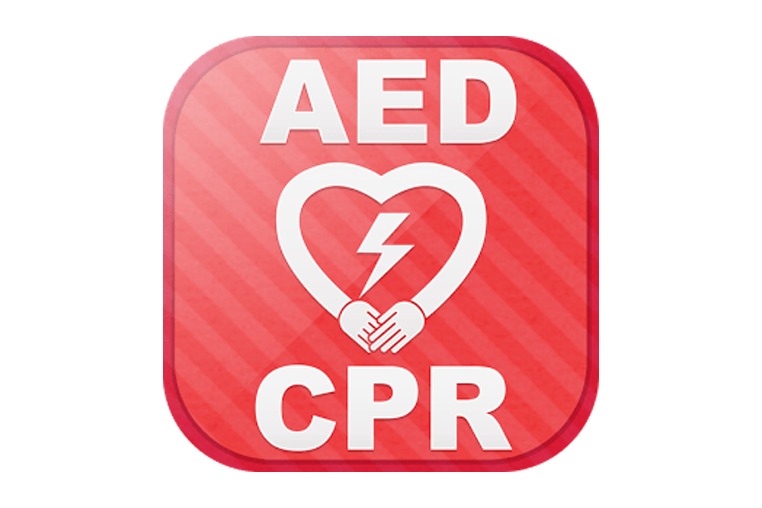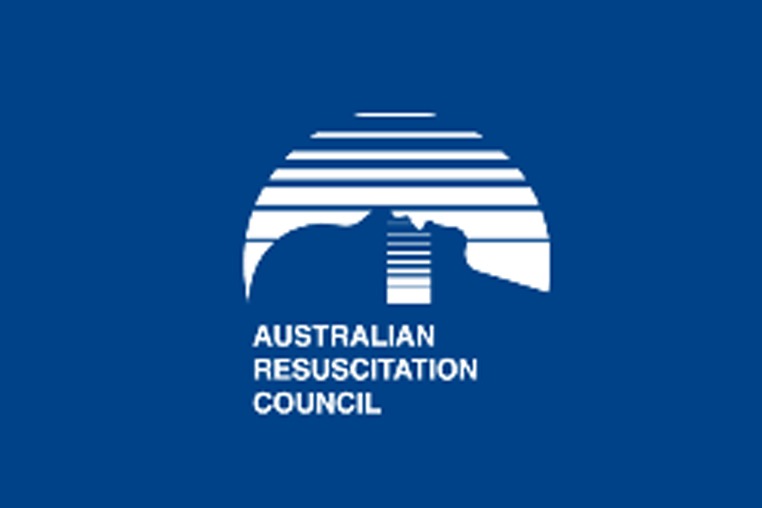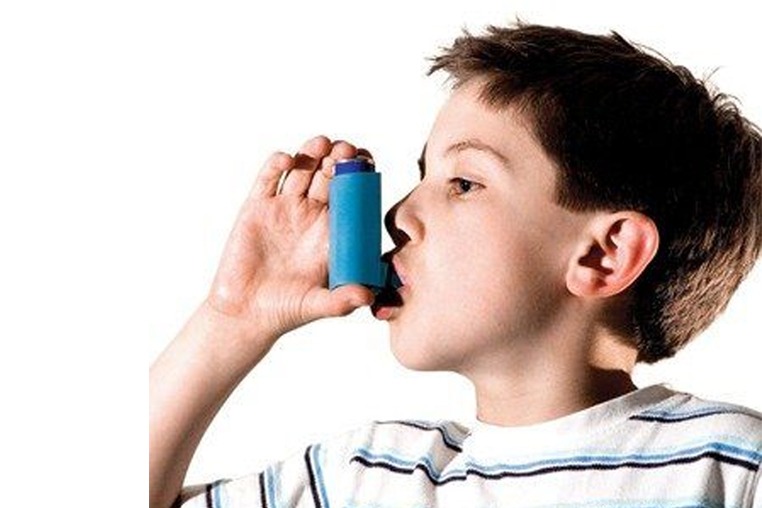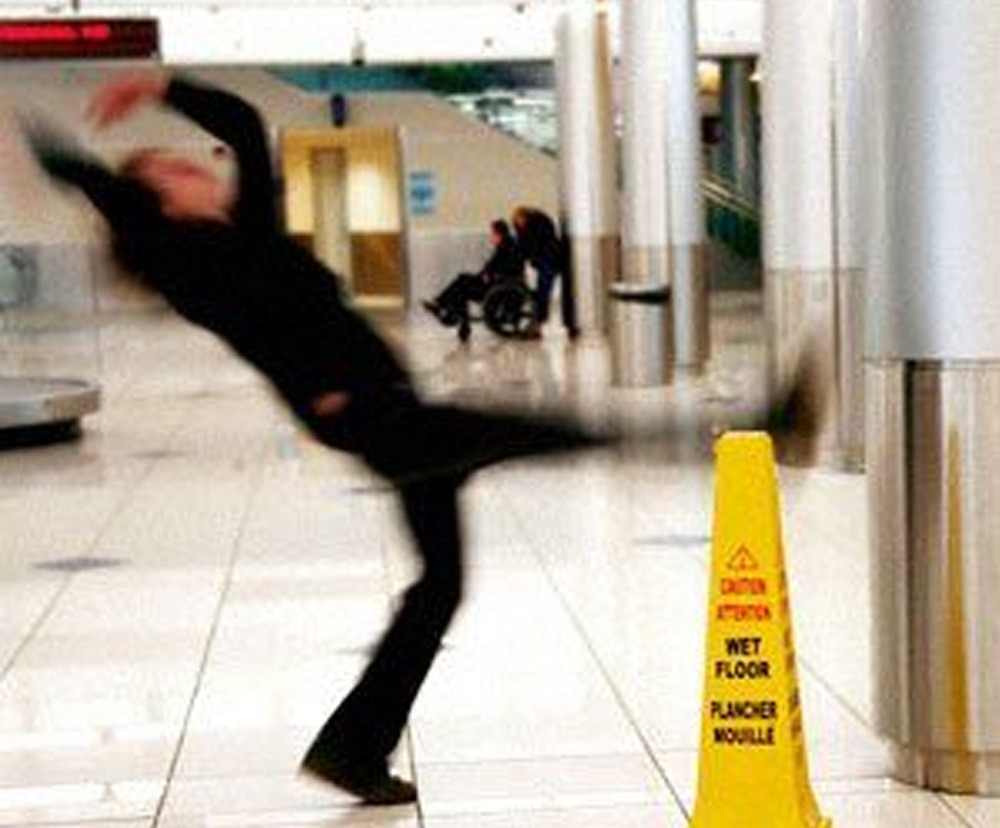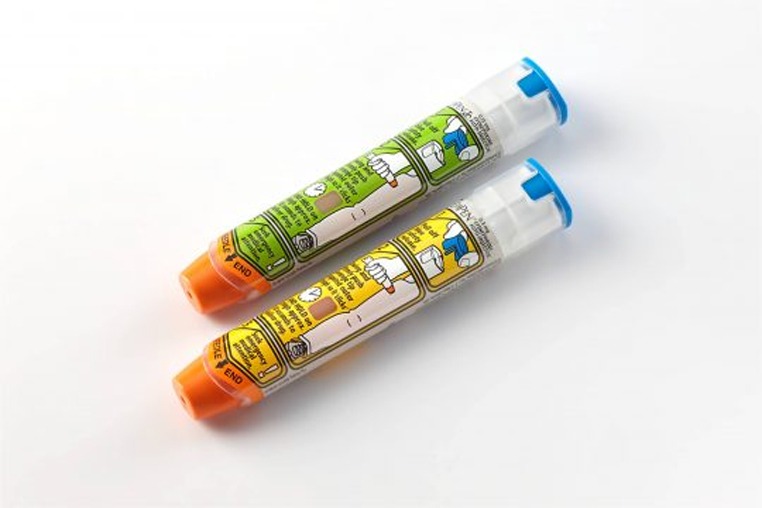First Aid Training in Canberra. Don’t get caught with a dodgy provider. Nationally Recognised Training. Excellent RTO. Fair Price Course.
A Melbourne paramedic and his medical first aid company have been fined $300,000 for falsifying pay records and underpaying workers, and have landed in further hot water over questionable claims of providing nationally accredited training.
Paul Tempany and his company Acute Health Pty Ltd, which provides medical first aid at events and training, were fined $50,000 and $250,000 respectively following years of “flagrant disregard” for the rights of underpaid workers.
Fairfax Media can also reveal that Mr Tempany and Acute Health Pty Ltd are under investigation for offering “accredited and certified” training, despite not being a registered training organisation.
This throws into doubt the validity of first aid certification provided to clients, including teachers in Victorian schools.
Acute Health has provided medical first aid services for high-profile events in Victoria and NSW, including Carols by Candlelight, Relay for Life, Mother’s Day Classic and the state motocross championships.
The company and its boss have been the subject of Fair Work Ombudsman investigations since 2012 into multiple breaches of industrial law that left a trail of victims thousands of dollars out of pocket.
Federal Circuit Court of Australia judge Alister McNab recently decided the case in FWO’s favour, finding Mr Tempany had a pattern of deliberately underpaying workers from 2011 to 2017, despite warnings in 2012 that he was being investigated.
Casual workers were paid well beneath the relevant award rate, forced to pay $100 for each staff T-shirt and made to fund their own transport to interstate events.
Acting Fair Work Ombudsman Kristen Hannah said the FWO was particularly concerned that Mr Tempany was targeting young workers.
“We simply have no tolerance for employers who trample on workers’ rights and refuse to change their ways, even when directly informed of their obligations,” she said.
While Mr Tempany’s victims have welcomed the court’s order, they hold little hope of ever seeing their money.
Michael Kempe was short-changed more than $3000 for work in 2014 and 2015, receiving little more than half of what he should have been paid.
“It become more and more apparent that people were being exploited,” he said.
“He’s preying on healthcare students. It’s not an honest mistake, it’s a proven track record of the same behaviour.”
Registered emergency nurse Lisa Skinner pursued her own case through the Magistrates Court to chase down close to $1000.
“I would text and email him and tell him that I really did need the money. He would say he was sorry he had been really busy and would fix it up,” she said.
“I gave him 18 months but then I contacted the Fair Work Ombudsman in January 2016.”
Another former worker said Mr Tempany had built up an elaborate web of lies and deceit to avoid paying staff.
“It’s a well-practised, well-designed methodology to rip off employees. It’s not an accident, it’s not incompetence, he’s actually a very smart, cunning man, but the law’s entirely inadequate.”
Australian Securities and Investments Commission documents reveal that on December 29, Mr Tempany registered a new company called Acute Health Medical Group Pty Ltd.
Former staff believe Mr Tempany will attempt to continue to operate Acute Health via the new company, letting his current company crash under the weight of its penalty.
Young Workers Centre co-ordinator Keelia Fitzpatrick said unscrupulous employers continue to use this “corporate veil” to escape penalty as they prey on vulnerable workers.
Ms Fitzpatrick said only criminal penalties will help deter such blatant “wage theft”.
The spotlight has now turned to Acute Health’s training arm.
The company’s website claims to offer “nationally accredited, certified [first aid] training” and Mr Tempany signs off on certification as an “accredited trainer”.
But an Australian Skills Quality Authority spokesman said Acute Health is not a registered training organisation, and thus fails to meet a key requirement of delivering nationally recognised training.
“ASQA is investigating the allegations in relation to Acute Health Pty Ltd,” the spokesman said.
A Victorian Department of Education spokesman said decisions on training providers are made by individual schools, but did not say how many teachers may be affected or whether Acute Health was still being used by any schools for training.
“We recommend schools only use appropriate registered training organisations as providers,” he said.
“Any government schools with concerns about the quality of training they have been provided should contact the department.”
Mr Tempany did not respond to repeated requests for comment.
Book in for some quality first aid training in Canberra at our website www.canberrafirstaid.com
